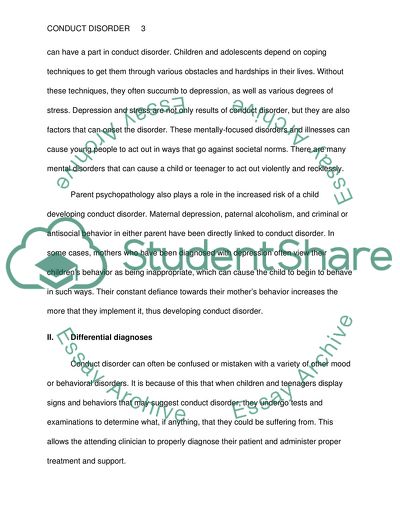Cite this document
(Conduct Disorder Term Paper Example | Topics and Well Written Essays - 1250 words, n.d.)
Conduct Disorder Term Paper Example | Topics and Well Written Essays - 1250 words. https://studentshare.org/psychology/1741088-conduct-disorder
Conduct Disorder Term Paper Example | Topics and Well Written Essays - 1250 words. https://studentshare.org/psychology/1741088-conduct-disorder
(Conduct Disorder Term Paper Example | Topics and Well Written Essays - 1250 Words)
Conduct Disorder Term Paper Example | Topics and Well Written Essays - 1250 Words. https://studentshare.org/psychology/1741088-conduct-disorder.
Conduct Disorder Term Paper Example | Topics and Well Written Essays - 1250 Words. https://studentshare.org/psychology/1741088-conduct-disorder.
“Conduct Disorder Term Paper Example | Topics and Well Written Essays - 1250 Words”. https://studentshare.org/psychology/1741088-conduct-disorder.


